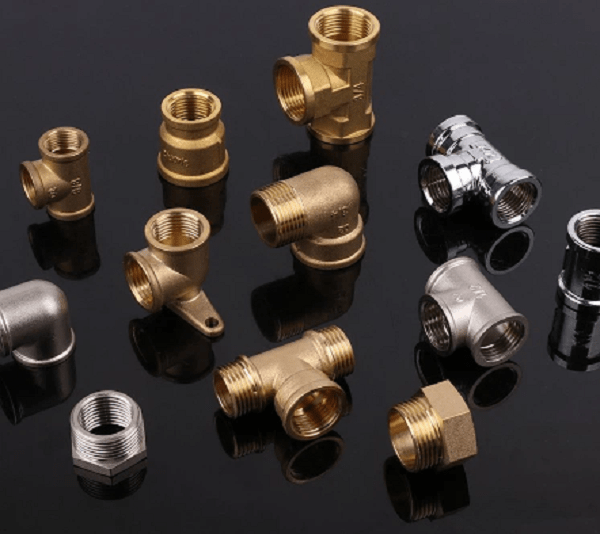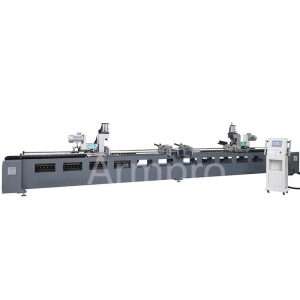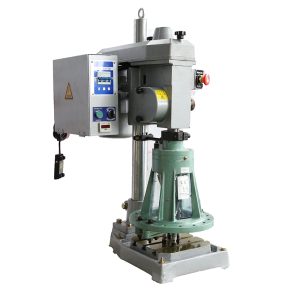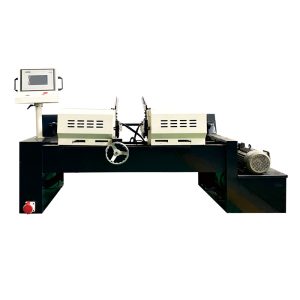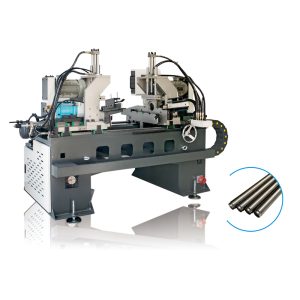Copper Pipe Fittings Size Chart: A Simple Guide to Sizes and Standards
Introduction
1. What Is Copper Pipe Fitting?
A Copper Pipe Fitting is a piece used to join copper pipes. Thanks to these fittings, pipes join, go around corners, and can split in different directions. Their role is to help make connections in such systems secure and prevent leaks.
Some of the fittings are copper pipe coupling, copper socket, copper pipe sleeve, copper elbow. Every part has a particular purpose, such as rotating a pipe by 90 degrees or joining pipes of different sizes.
People favor copper pipe fittings since copper is a strong material, does not rust, and can last for years.
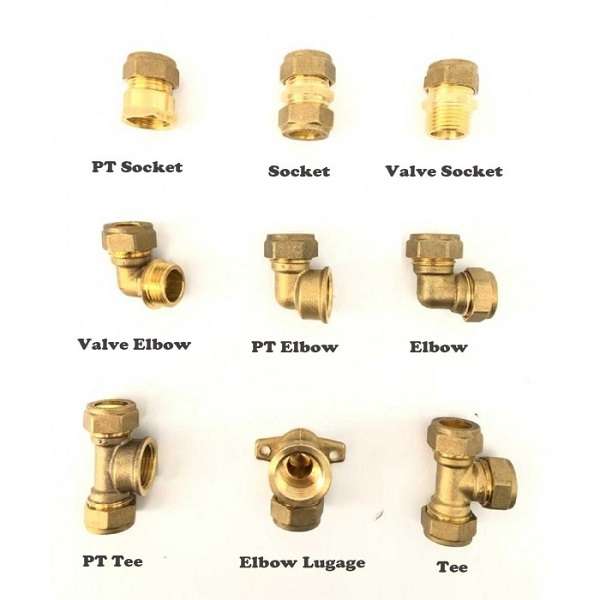
2. What Is a Copper Pipe Fitting Size Chart?
A copper pipe fittings chart,or a copper pipe fittings chart, is meant to display the copper fitting dimensions. It guides people as they choose the right fittings for their copper pipes.
You can find the diameter in the table; it is the width of the opening of the pipe. When measuring for size, you will often find it in inches or millimeters.
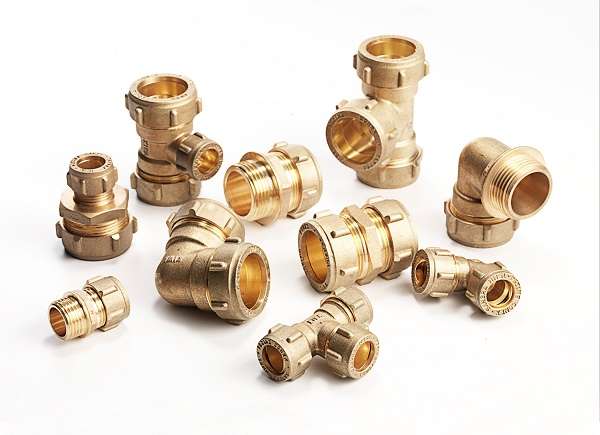
In the USA, some common copper pipe fittings sizes are 1/4 inch, 1/2 inch, 3/4 inch, and 1 inch. It also notes if the size is meant for inside (nominal) or outside surfaces.
Copper pipe fittings chart allows you to match the fitting and the pipe to stop leaks.
Here is a basic size chart for copper pipe fittings:
| Copper Pipe Fitting Size Chart | |||
| Nominal Size(mm) | Wall Thickness (mm) |
Tolerance +/-(mm) |
Weight (kg/m) |
| 6 | 0.9 | 0.08 | 0.12 |
| 8 | 0.9 | 0.09 | 0.18 |
| 10 | 0.9 | 0.09 | 0.23 |
| 12 | 1.2 | 0.1 | 0.36 |
| 15 | 1.2 | 0.1 | 0.47 |
| 18 | 1.2 | 0.1 | 0.57 |
| 22 | 1.6 | 0.15 | 0.92 |
| 28 | 1.6 | 0.15 | 1.19 |
| 35 | 1.6 | 0.15 | 1.5 |
| 42 | 1.8 | 0.2 | 2.03 |
| 54 | 2.1 | 0.2 | 3.06 |
| 67 | 2.4 | 0.25 | 4.35 |
| 79 | 2.8 | 0.3 | 5.99 |
| 105 | 3.4 | 0.35 | 9.7 |
| 130 | 4 | 0.4 | 14.2 |
| 156 | 4.8 | 0.5 | 20.3 |
| 206 | 6.8 | 0.7 | 38 |
| 257 | 8.5 | 0.85 | 59.3 |
| 308 | 10.3 | 1 | 86.1 |
3. What Materials Are Used for Copper Pipe Fitting?
Copper is the main choice for making fittings for copper pipes due to its strength and rust-free nature. Copper comes in two main forms:
- Soft Copper: Soft copper is flexible and is often used in refrigeration and air conditioning systems due to its ease of installation in tight spaces.

- Hard Copper:It is rigid and serves for fittings needed in plumbing and water supply lines. It lasts longer.
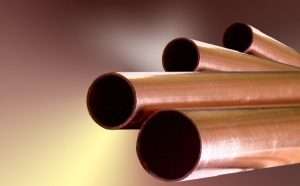
To increase strength, some fittings are made using both copper and brass. Brass is created from a combination of copper and zinc. Copper pipe fittings are all made to prevent corrosion, so they will not break when they are exposed to water or air.
4. What is the Application of Copper Pipe Fitting?
Because they are dependable and last a long time, copper pipe fittings are used in numerous situations. For instance, you may see:
In homes, schools, and offices, fittings join pipes together so that water can be transported. They can be connected to both hot and cold water supply lines.
Refrigerants are carried inside air conditioners and refrigerators through pipes made with copper fittings. Since copper conducts heat efficiently, it is often found in water systems.
Gas Lines: Fittings help to join the pipes that transfer natural gas or propane in households and buildings.
Medical Systems: Hospitals use copper fittings for transporting medical gases, as they are trusted for being clean and safe.
These examples reveal the important role that copper pipe fittings play in our daily lives.
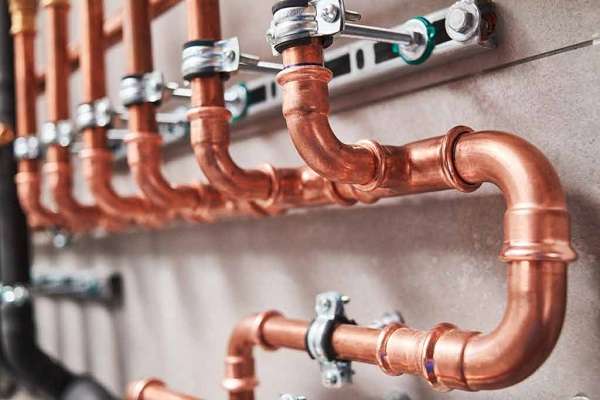
5.What are Copper Pipe Fitting Standards?
Standards for copper pipe fittings guarantee their safety and proper performance. They work with organizations to ensure the fittings are the same regarding size and quality. Examples of common standards are:
ASTM B88: It sets out standards for copper pipe and fittings in the USA used for water applications. This supports the formation of pipes and pipe fittings that are robust and match properly.
EN 1254: It serves as a European standard for copper pipe fittings. It focuses on plumbing and heating fittings.
The standard ASME B16.22 is created for wrought copper fittings used in systems at high pressure, for example, gas lines.
Because of these standards, copper pipe fitting sizes are the same across the world. They also test the fittings for safety and sturdiness prior to selling them.
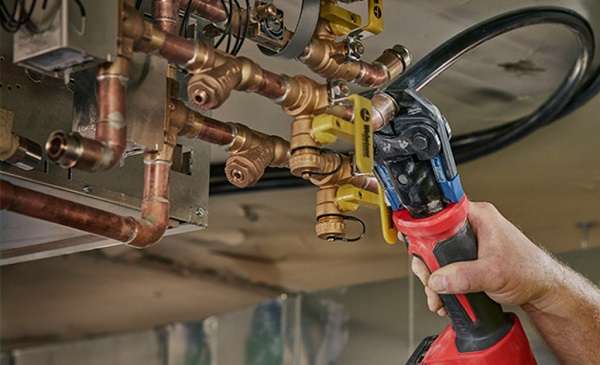
6. How To Choose the Correct Copper Pipe Fitting?
Selecting the correct copper pipe fitting is necessary to prevent leaks and ensure everything functions properly. Here’s how it works:
- Check the Fitting Fit:Find a size in the chart that corresponds to the pipe’s diameter. Check the pipe’s outside or nominal size correctly.
- Set the Function: Think about what the fitting will accomplish. For example, place an elbow where a turn is desired, a tee for dividing pipes, and a coupling to connect two pipes.
- Confirm the Application: Ensure that the fitting is designed for your system, which could be plumbing, gas, or refrigeration. There are fittings meant for specific functions.
Fittings you buy should comply with standards such as ASTM B88 or EN 1254. Ensures the products meet high standards.
Consider whether you should use soft or hard copper for your project. Soft copper can bend, but hard copper cannot.
Before buying, confirm that the fitting operates properly with the type of pipe and the system’s pressure.
With these directions and the help of a copper pipe fitting size chart, individuals will find the fitting that fits best for them.
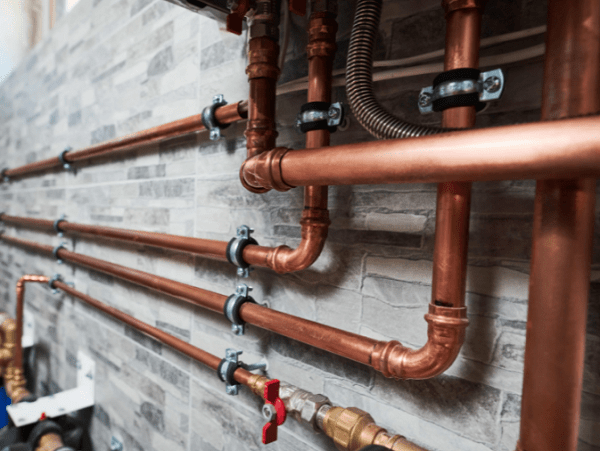
Conclusion
Copper pipe fittings are used to link copper pipes in plumbing, heating, cooling, and gas systems. Having a copper pipe fitting size chart helps people determine the right copper pipe size for a leak-free and sturdy connection.
Copper pipe fittings are sized either in inches or millimeters and meet ASTM B88 or EN 1254 standards to provide good quality.
Most fittings are made with copper or brass since they are strong and do not rust easily. Copper pipe fittings are used in many places due to their dependability and long life.
Related Reading
1. copper pipe thread sizes
Perhaps you need this copper pipe thread size,
Here is the information I have compiled about the copper pipe thread sizes. I hope it can be helpful to you.
| Thread Callout |
Thread Pitch Male Thread Male Thread O.D Female Thread (mm) O.D(mm) (inches) I.D(mm) |
Female Thread I.D (inches) |
|||
| M8X1.0 | 1.0 | 8.0 | 0.315 | 6.9 | 0.272 |
| M10×1.0 | 1.0 | 10.0 | 0.394 | 8.9 | 0.35 |
| M10×1.5 | 1.5 | 10.0 | 0.394 | 8.4 | 0.331 |
| M12X1.0 | 1.0 | 12.0 | 0.472 | 10.9 | 0.429 |
| M12×1.5 | 1.5 | 12.0 | 0.472 | 10.4 | 0.409 |
| M14×1.5 | 1.5 | 14.0 | 0.551 | 12.4 | 0.488 |
| M16×1.5 | 1.5 | 16.0 | 0.63 | 14.4 | 0.567 |
| M18×1.5 | 1.5 | 18.0 | 0.709 | 16.4 | 0.646 |
| M20×1.5 | 1.5 | 20.0 | 0.787 | 18.4 | 0.724 |
| M22X1.5 | 1.5 | 22.0 | 0.866 | 20.4 | 0.803 |
Don't forget to share this post!
Related Products
CONTACT US
Tell us your raw material and working details to get quotations within 24 hours.
WhatsApp Us: +86 159 27 555863

Want the best price & newest metal working machinery buying guide,tips and trends sent straightly to your box?Sign up for Armpro's monthly newsletter,we're free for your consultation and Offer you the most suitable working solutions!
The Buyer's Guide
- Tapping Machine: The Ultimate Buying Guide in 2024
- Electric Tapping Machines:the Ultimate Buying Guide in 2024
- Drilling Machine: The Ultimate Buying Guide in 2024
- Drilling milling Machine:The Ultimate Buying Guide in 2024
- CNC Tapping Machine :The Complete Buying Guide in 2024
- Pipe chafering Machine:The Complete Importing Guide in 2024
- Radial drilling Machine:The Complete Buying Guide in 2024
- Thread rolling Machine:The Complete Buying Guide In 2024
- Pillar Drilling Machine:The Ultimate Buying Guide in 2024
Most Popular
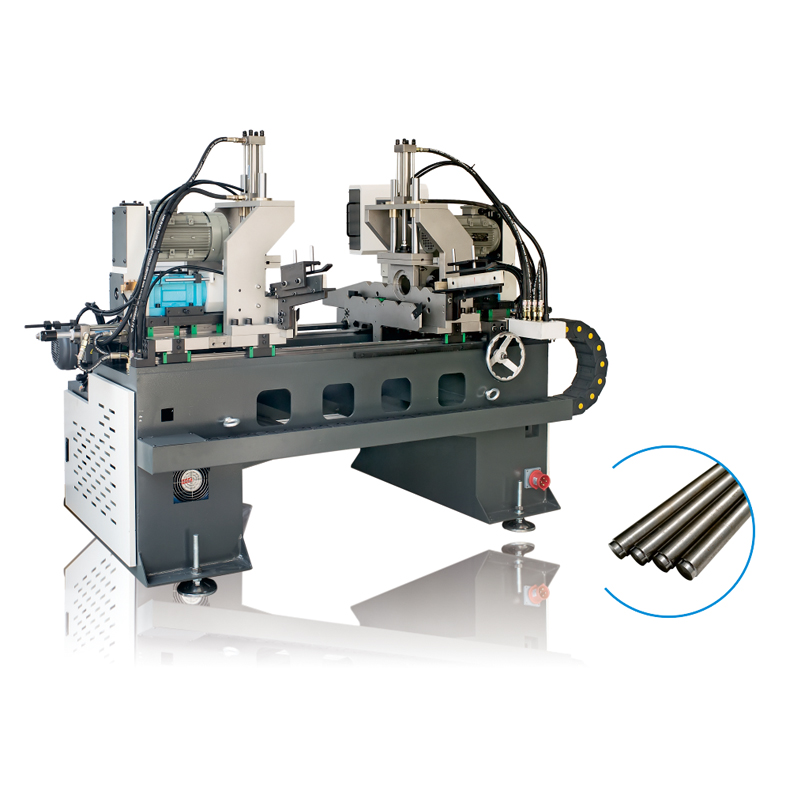
Tell us your material or budget,we'll reply you ASAP within 24 hours
